Regeneration of fat cells from myofibroblasts during wound healing
February 2017
in “Science”
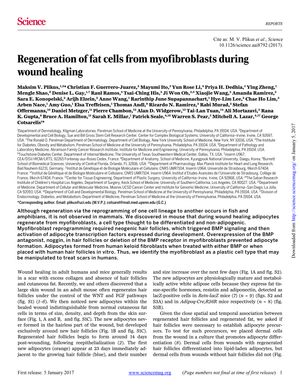
TLDR Some wound-healing cells can turn into fat cells around new hair growth in mice.
The study from 2017 found that myofibroblasts, a type of cell involved in wound healing, can transform into adipocytes (fat cells) around new hair follicles in mice. This process is regulated by the gene Ppary and involves BMP signaling and the transcription factor Zfp423. Interfering with BMP signaling or deleting Ppary or Zfp423 prevented the formation of new adipocytes, despite normal hair follicle growth. The study also demonstrated that human myofibroblasts could be reprogrammed into adipocytes using BMP4 or BMP2, suggesting a potential treatment for scars. The study involved various experiments with mice, including groups of 9, 8, 12, 4, 7, and 6 mice for different genetic modifications.
View this study on science.org →
Cited in this study
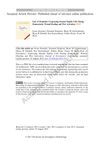
research Fate of Prominin-1 Expressing Dermal Papilla Cells during Homeostasis, Wound Healing and Wnt Activation
Prominin-1 expressing cells in the dermal papilla help regulate hair follicle size and communication but don't aid in skin repair.
research An Integrated Transcriptome Atlas of Embryonic Hair Follicle Progenitors, Their Niche, and the Developing Skin
The study identified unique genes in hair follicle cells and their environment, suggesting these genes help organize cells for hair growth.
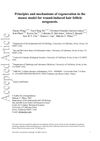
research Principles and mechanisms of regeneration in the mouse model for wound‐induced hair follicle neogenesis
Mice can grow new hair follicles after skin wounds through a process not involving existing hair stem cells, but requiring more research to understand fully.
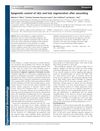
research Epigenetic control of skin and hair regeneration after wounding
Skin and hair can regenerate after injury due to changes in gene activity, with potential links to how cancer spreads. Future research should focus on how new hair follicles form and the processes that trigger their creation.
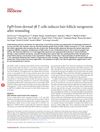
research Fgf9 from dermal γδ T cells induces hair follicle neogenesis after wounding
A protein from certain immune cells is key for new hair growth after skin injury in mice.
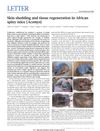
research Skin shedding and tissue regeneration in African spiny mice (Acomys)
African spiny mice can regenerate skin, hair, and cartilage, but not muscle, and their unique abilities could be useful for regenerative medicine.
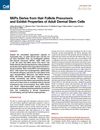
research SKPs Derive from Hair Follicle Precursors and Exhibit Properties of Adult Dermal Stem Cells
SKPs are similar to adult skin stem cells and could help in skin repair and hair growth.

research Wnt-dependent de novo hair follicle regeneration in adult mouse skin after wounding
Hair follicles can regrow in wounded adult mouse skin using a process like embryo development.
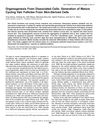
research Organogenesis From Dissociated Cells: Generation of Mature Cycling Hair Follicles From Skin-Derived Cells
Scientists have found a way to create hair follicles from skin cells of newborn mice, which can grow and cycle naturally when injected into adult mouse skin.